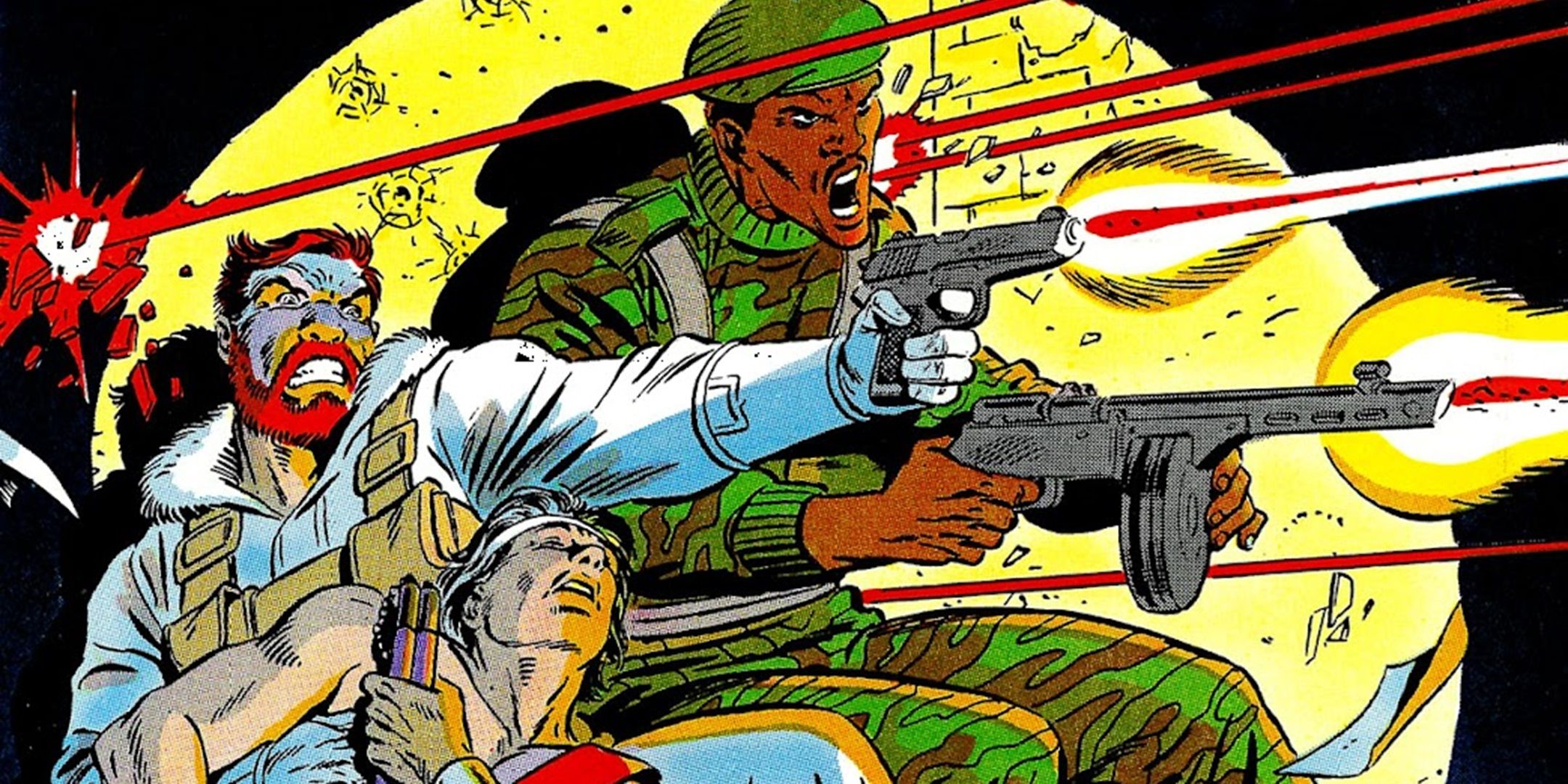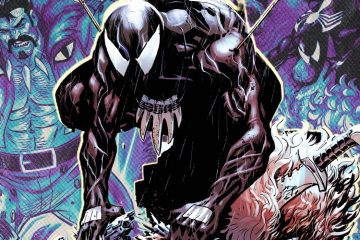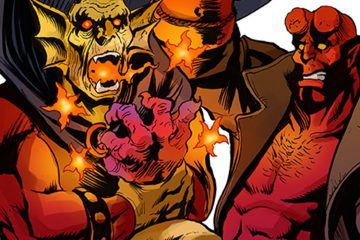This is “Nothing is Better,” a feature spotlighting classic older comic books. This time around, we go back to the classic G.I. Joe “Gulag Saga,” where we saw the power in how one handles defeat.
Obviously, at the heart of G.I. Joe is a collection of “superhero soldiers” that sold a lot of action figures to kids, and over time, the toys got progressively more absurd, from the initial point of a “special forces team” to, well, you know, all sorts of crazy stuff. The great Larry Hama was in charge of taking the absurdist elements of the toys and grounding them in a serialized narrative, and well, he did an AMAZING job on it during his long stint on G.I. Joe: A Real American Hero. Hasbro would come up with crazy concepts, and Hama would then do his best to make them make sense (both on the file card biographies that came with the toys, but more importantly, in the comic books themselves).
The story began in G.I. Joe: A Real American Hero #61, by Larry Hama, Marshall Rogers, and Danny Bulanadi (the issue infamously had been completely drawn by future comic book superstar, Todd McFarlane, but then, for whatever reason, McFarlane’s art wasn’t used, and instead, Rogers had to re-draw the entire story), when a squad of four G.I. Joe members – Stalker, Snow Job, Quick Kick, and Outback, were sent to rescue an American reporter being detained in a fictional country, Borovia, that was behind the “Iron Curtain” (meaning it was part of the bloc of countries controlled by the Soviet Union).
This is “Nothing is Better,” a feature spotlighting classic older comic books. This time around, we go back to the classic G.I. Joe “Gulag Saga,” where we saw the power in how one handles defeat.
Obviously, at the heart of G.I. Joe is a collection of “superhero soldiers” that sold a lot of action figures to kids, and over time, the toys got progressively more absurd, from the initial point of a “special forces team” to, well, you know, all sorts of crazy stuff. The great Larry Hama was in charge of taking the absurdist elements of the toys and grounding them in a serialized narrative, and well, he did an AMAZING job on it during his long stint on G.I. Joe: A Real American Hero. Hasbro would come up with crazy concepts, and Hama would then do his best to make them make sense (both on the file card biographies that came with the toys, but more importantly, in the comic books themselves).
The story began in G.I. Joe: A Real American Hero #61, by Larry Hama, Marshall Rogers, and Danny Bulanadi (the issue infamously had been completely drawn by future comic book superstar, Todd McFarlane, but then, for whatever reason, McFarlane’s art wasn’t used, and instead, Rogers had to re-draw the entire story), when a squad of four G.I. Joe members – Stalker, Snow Job, Quick Kick, and Outback, were sent to rescue an American reporter being detained in a fictional country, Borovia, that was behind the “Iron Curtain” (meaning it was part of the bloc of countries controlled by the Soviet Union).
#G.I #Joes #Gulag #Saga #Showed #Power #Losing
Note:- (Not all news on the site expresses the point of view of the site, but we transmit this news automatically and translate it through programmatic technology on the site and not from a human editor. The content is auto-generated from a syndicated feed.))



